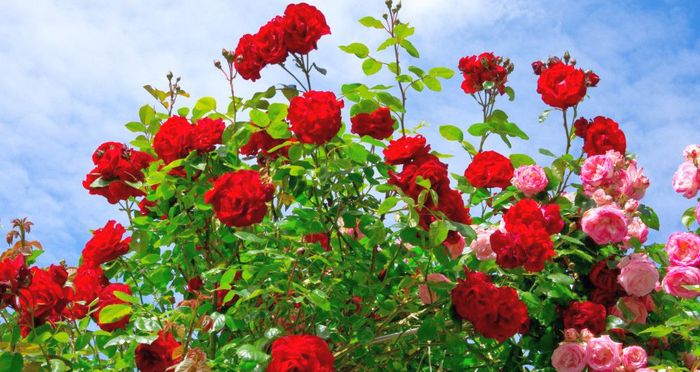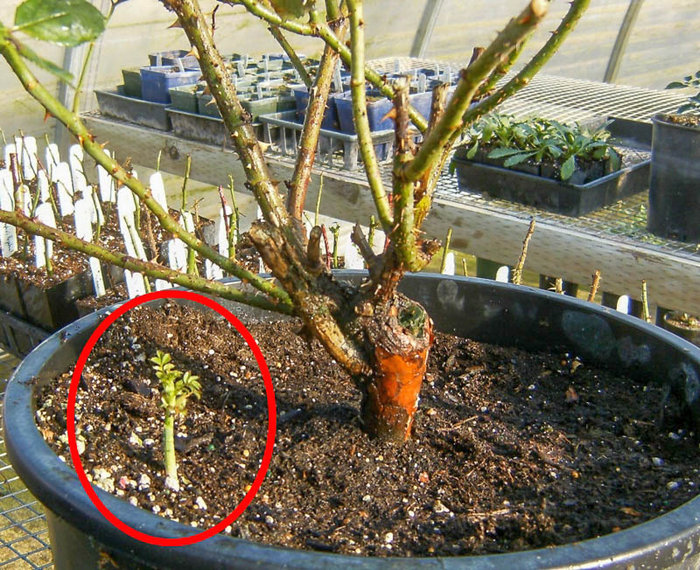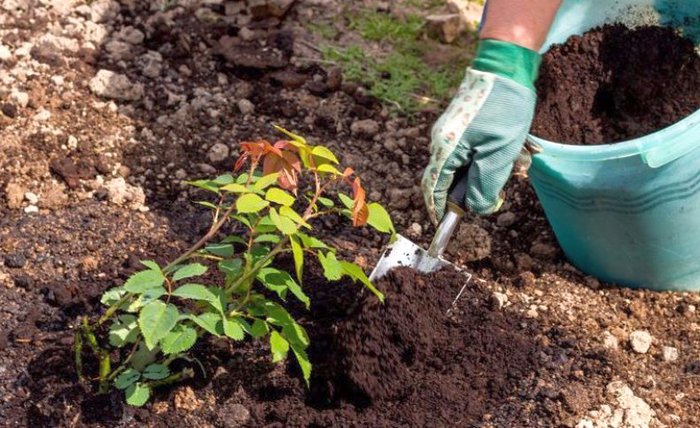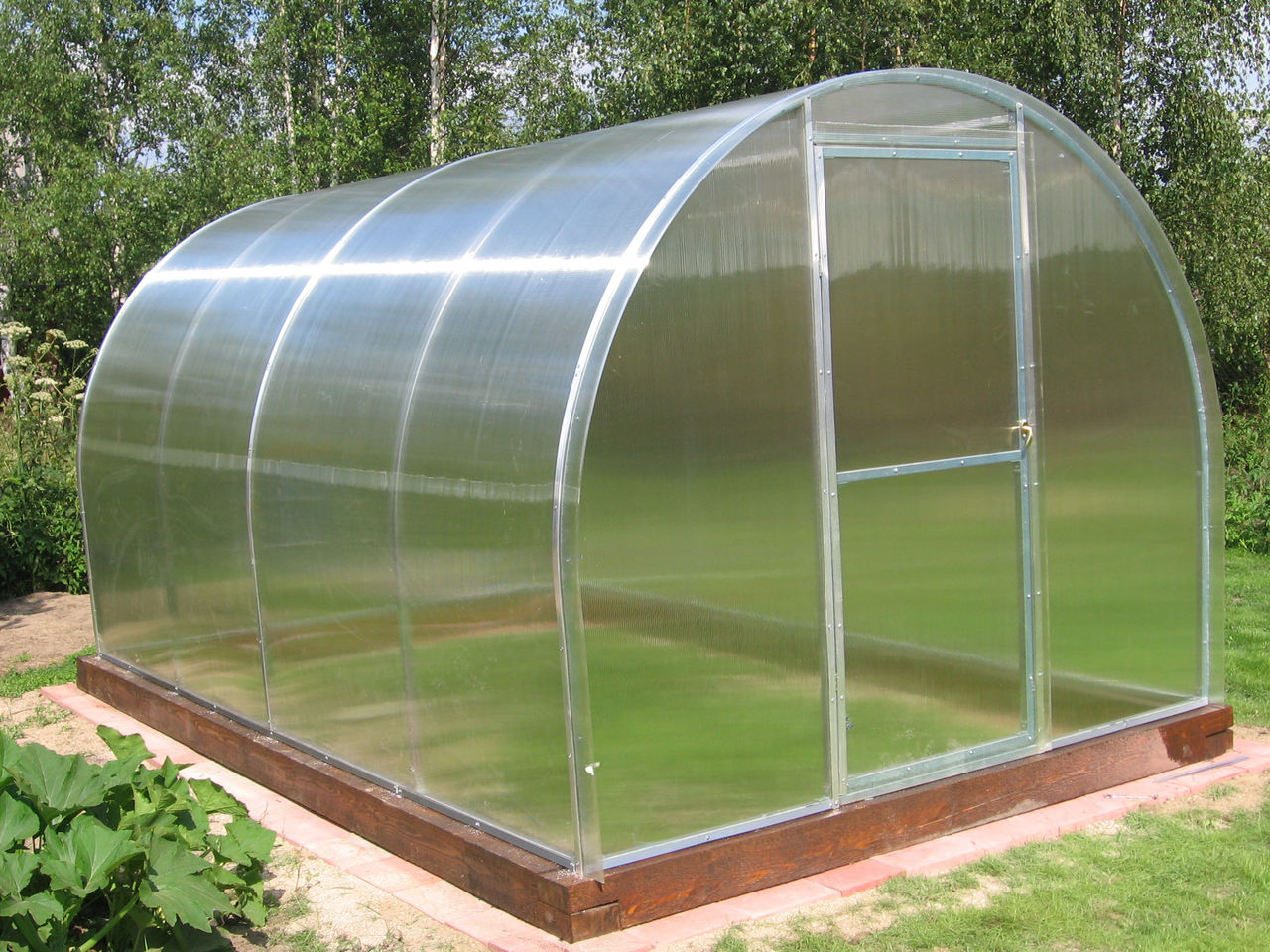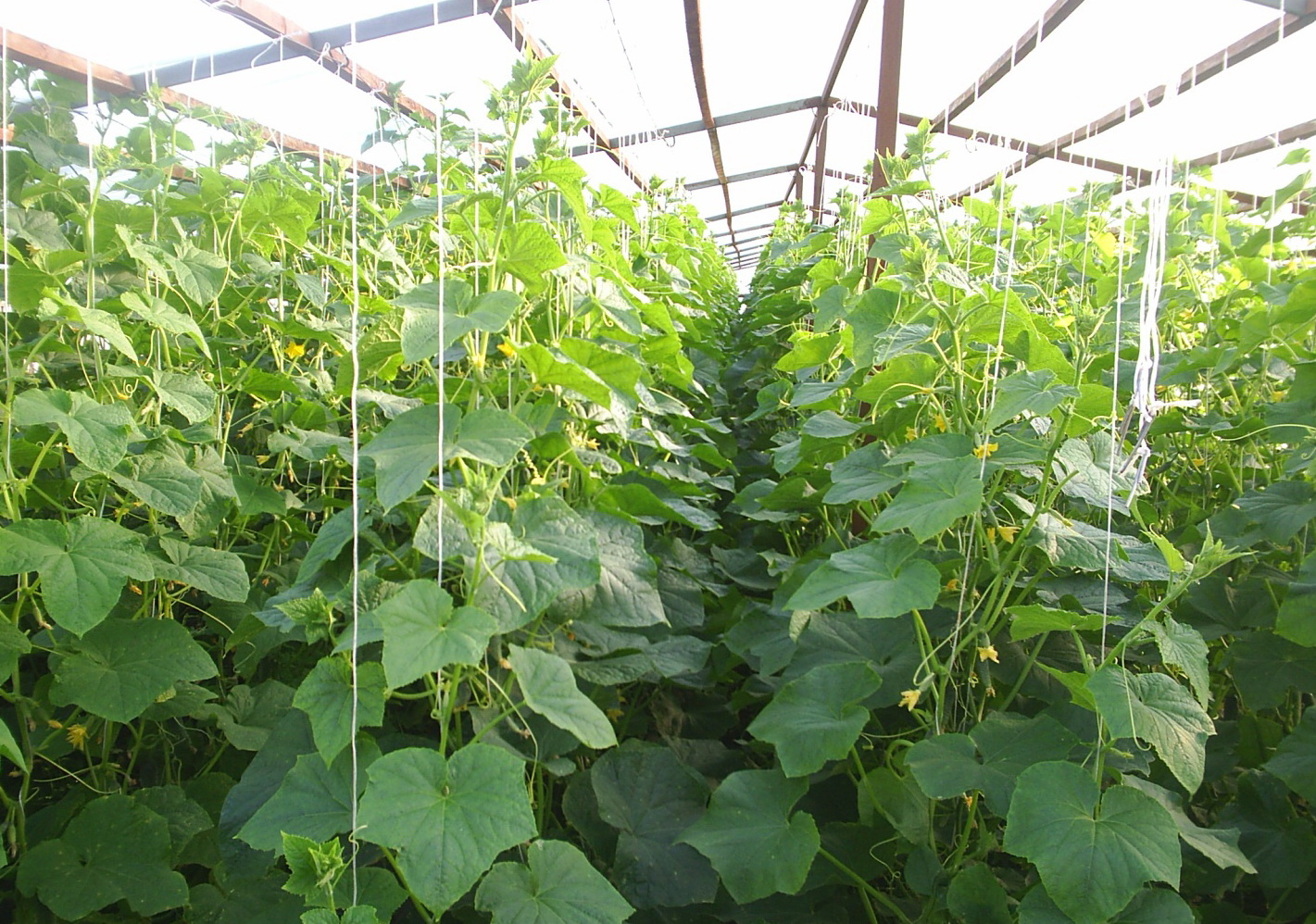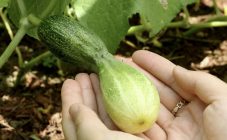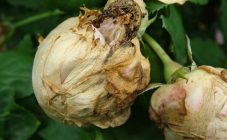Content:
On the Internet, the question of the growth of roses is relevant. Many are interested in why roses grow poorly, even if they are provided with good care. To find answers to all questions, it is worth contacting specialists who will help to grow a capricious decorative culture. This article provides recommendations for growing various types of rose bushes, and also discusses the problems why roses become low, although the grower did everything according to the instructions.
General rules for caring for roses at home in the open field
Many have a summer cottage, and to make it more attractive, the owners plant various flowers. The most attractive option is the rose, it is not for nothing that it is called the queen of flowers. Lush bright inflorescences are always pleasing to the eye. Rose bushes come in many forms, from long climbing, bushy plants to miniature pink plants that bloom mostly in early summer and fall. You can classify roses by type due to the following indicators:
- Old roses, also called spray roses and "relic roses", are those that were planted before 1867. These are lush, invariably fragrant buds that have been transferred to paintings by talented artists. There are hundreds of varieties of roses whose hardiness depends on warm and mild climates.
- Modern hybrid roses, introduced after 1867, are durable, extremely hardy and disease resistant. They are mainly bred for color, shape, size and flavor. Hybrid tea roses with one large flower on a long stem are the most popular.
There are also wild roses - those that have been growing in various surroundings for thousands of years. According to gardeners, wild roses have been adapted to modern gardens. They bloom from spring to early summer.
Choosing from the many varieties of ornamental crops can be a daunting task for beginners. Roses can grow quickly and slowly. It all depends on the growing conditions of the plant. However, all indoor and garden roses need regular watering, feeding and loosening the soil. In addition, professional gardeners are advised to adhere to the following recommendations:
- Pruning should be done in early spring and fall before frost in colder climates. In this case, you will have to significantly reduce watering. It is at this time that the rosette goes into hibernation, it can stop developing and, accordingly, slow down growth.
- Longer stems can be pruned in the fall to keep them from freezing in winter. Moreover, it will help the bush to release new shoots next year.
- The cut stems can be placed in a glass of water, which should be changed frequently. By spring, you can plant cuttings of roses in open ground.
Many people often wonder why the rose does not give new shoots. The main reason for slow growth is the impact of diseases and pests. When infested with powdery mildew, growing an ornamental crop will not be an easy task. The roots will start to grow if a soda solution is used. The spraying procedure must be carried out quite carefully. It is necessary to make sure that the soda solution does not get on the soil. In this case, it is better to cover the ground.
If the rose does not shoot, what to do in this case? If the flowers still do not go away after winter, you need to do the following:
- First, you need to remove any remaining leaves. This will allow you to see the structure of the bush and clearly see the growing shoots (stems). This method will also help remove pests and diseases that may have lurked in the foliage in winter.
- After that, you can start pruning diseased and damaged branches. This procedure will promote the growth of new and healthy branches.
- After pruning, everything must be carefully removed: leaves and cut branches must be destroyed, as they can provoke the development of a disease or the appearance of parasites.
- The basic rule is that you must immediately remove all thin leaves.
- Regular feeding of the plant is required. One-year-old plants need special care.
Why roses don't grow after planting
Spring is the best time of the year to plant any flowers. Planting roses from April 20 to May 20 is the most suitable period for Central Russia. Planting should begin after thoroughly warming up the soil and establishing warm weather for working with open ground.
But what if, and so the roses in the garden grow poorly, how to help them? This is a common problem not only for beginners, but also for professionals. Rose is a very light-loving plant (the only exceptions are some varieties of climbing roses, they like to stretch upwards). Therefore, it is desirable that they get the maximum amount of solar heat, if possible throughout the day. If this is not possible, then lighting in the morning is preferable.
By the way, the rose's need for sunlight must be taken into account when creating group compositions, for example, with conifers. In this case, they should not obscure the flowers.
Temperature should be of great importance. If the soil is cold, then the salt dissolves much worse, respectively, the process of absorption of trace elements is disrupted, the height of the flowers is significantly reduced, the bush grows slowly, and the roses do not leave after winter, so they may die.
Gardeners also control the acidity level of the soil (the norm is 6-7 pH). Thanks to this indicator, the roots will be better able to absorb the necessary substances and vitamins.
Prevention
In order not to look for an answer to the question of why and what to do if roses grow poorly, it is better to immediately create favorable conditions. To help the plant bloom faster, you need to prune the bush in the spring and fall. The stem size should be up to 38 cm above soil level. Climbing roses, however, are not pruned.
In addition, insufficient watering can be the cause of slow growth. Excessive irrigation can also harm the flower, especially in the fall.
So it takes a lot of work to wait for the roses to bloom. Yes, you will have to spend a lot of time and effort, but the result will fully justify the efforts of the grower!
